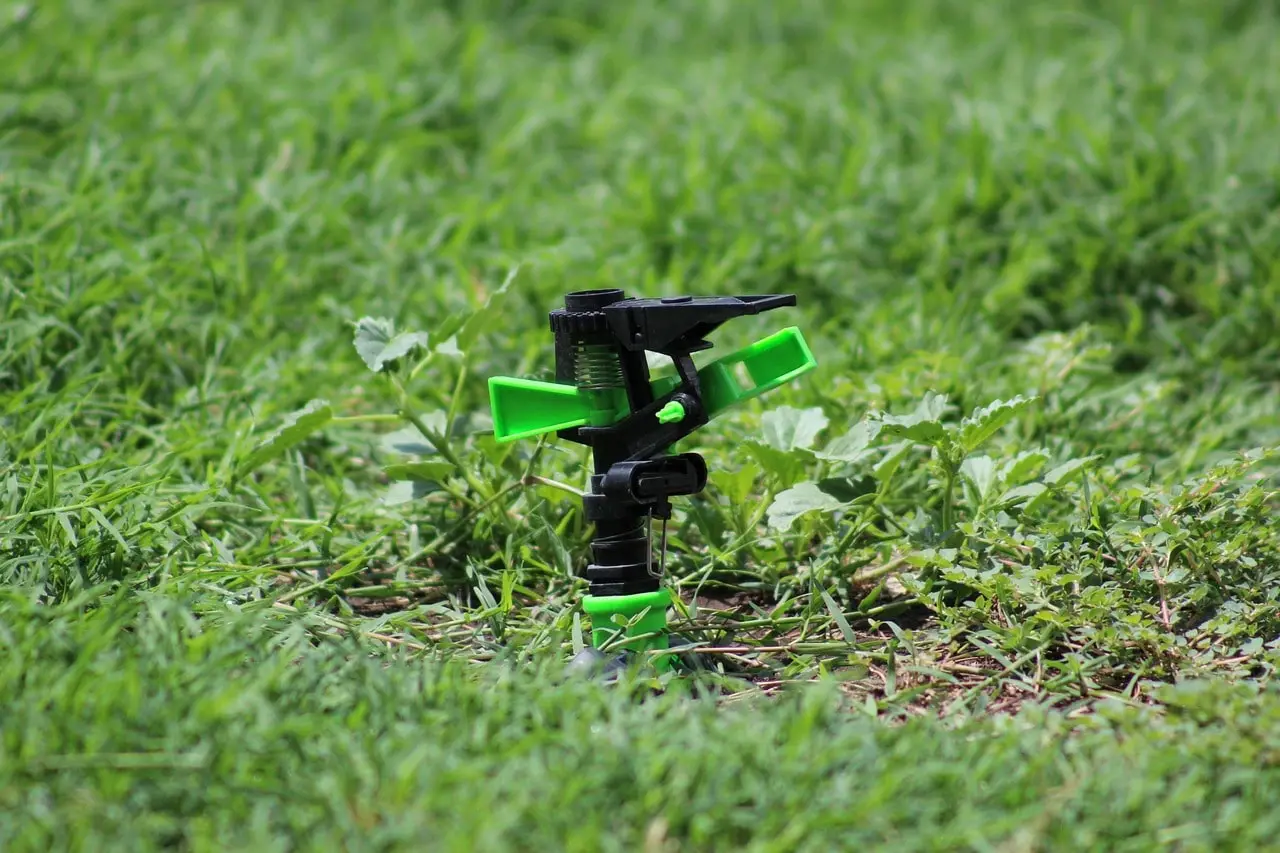Best Time for Tree Removal in Dallas: Seasonal Guide to Save Money & Avoid Risk
When it comes to tree removal in Dallas, timing isn’t just a matter of convenience — it’s a strategic decision that can save you money, reduce property risk, and keep your landscape healthy. North Texas weather throws everything at us: ice storms in February, violent windstorms in spring, and brutal summer heat. Each season brings its own set of challenges, and understanding how those align with tree removal can be the key to avoiding emergency expenses or regulatory headaches.
Late Winter: The Ideal Time to Remove Trees in Dallas
If you’re planning ahead, January and February offer the most advantageous window for tree removal. During these months, trees enter dormancy, which means their biological activity slows down significantly. This makes the removal process less stressful on surrounding plants and root systems.
Additionally, the ground is often firmer or frozen, which allows heavy machinery better access without damaging lawns or compacting soft soil. With branches bare, arborists can more easily assess structural weaknesses in the tree and execute precise cuts. From a budget perspective, this season also tends to be less competitive, which often results in better pricing and quicker scheduling from tree services.
Early Spring: A Strong Runner-Up
From March through early April, Dallas homeowners get another favorable opportunity for tree removal. It’s a critical transition period where the ground is still workable, but trees haven’t fully leafed out. This makes it easier for professionals to assess and remove trees before they pose a threat during spring storms.
If winter storms have caused damage or stress fractures, early spring is your chance to mitigate hazards before they worsen. The mild temperatures are also ideal for crews working with power equipment, meaning fewer delays and efficient job completion. Acting in this window can help you avoid the seasonal rush while still maintaining ideal working conditions.
Summer Tree Removal: Proceed with Caution
Summer — particularly between May and August — is typically considered the least ideal time for tree removal in Dallas. Heat presents serious risks to both workers and equipment, and services may need to pause work during the hottest parts of the day to comply with safety regulations.
That said, summer removals are sometimes unavoidable, especially following storm damage or if a tree suddenly becomes a safety concern. Emergency services are often called in during this season due to windstorms, soil shifts, or lightning strikes. Homeowners should expect higher service rates during summer due to demand, and project durations may be slightly longer due to required rest breaks for laborers. If you must remove a tree in summer, aim for early morning or late afternoon work hours.
Autumn: A Strategic Time for Planning Ahead
September through November presents a quieter but strategic period for tree removal. After the peak of summer heat, conditions become more comfortable for crews and less stressful on surrounding flora.
This season is also ideal for evaluating any damage sustained during summer — such as cracked limbs, pest infestations, or heat stress — and planning removals before winter freezes make the process more complex. In addition, many tree services are more flexible with their scheduling in fall, which means you may have more freedom in choosing a time that works for your calendar without rush fees or tight deadlines.
Tree Removal Costs by Season in Dallas
| Season | Estimated Tree Removal Cost |
|---|---|
| Late Winter | $500 – $1,200 |
| Spring | $700 – $1,800 |
| Summer | $900 – $2,500+ |
| Fall | $600 – $1,700 |
Emergency Tree Removal: Know the Warning Signs
Not every tree removal can be planned around the seasons. Severe weather and sudden damage can turn a tree into a hazard overnight. Here are signs that indicate emergency removal may be necessary:
- A sudden lean in the tree after heavy storms
- Cracking or heaving soil near the base
- Large dead branches overhanging structures
- Split limbs or trunk damage from lightning
Know the Regulations: Dallas Tree Removal Rules
Before you schedule a removal, it’s essential to understand local regulations. Dallas has strict guidelines on what types of trees can be removed — and under what circumstances.
- Protected tree species often require special permits
- Trees exceeding a certain diameter must be reported to the city
- Boundary or shared trees may require neighbor agreement
- Heritage or “significant” trees may fall under additional city protection
Choosing a Tree Removal Service in Dallas
Hiring a certified and insured professional ensures that the job is done safely, legally, and without damage to your property. Look for:
- ISA-certified arborists
- A valid Dallas or Texas business license
- Proof of liability and workers’ compensation insurance
- Written safety protocols and job estimates
Dallas Homeowner Checklist: Pre-Removal Essentials
Before the crew arrives, make sure you’re prepared. Here’s a quick checklist to ensure your property — and the project — runs smoothly:
- Obtain all required city permits
- Ensure the tree has clear access for machinery
- Inform neighbors if their property may be affected
- Document existing property conditions (photos/videos)
- Flag irrigation lines and underground utilities
Final Thoughts: Timing Is Everything
While late winter is widely regarded as the best time for tree removal in Dallas, the optimal timing really depends on your specific situation. Urgency, budget, storm damage, and permit requirements all play a role.
The key is making an informed decision based on facts, not just convenience. A well-timed tree removal can prevent thousands of dollars in potential damage — and contribute to a safer, healthier landscape.
Frequently Asked Questions
How much does tree removal typically cost in Dallas?
Costs vary based on the tree’s size, location, and season. Expect to pay anywhere from $500 to $2,500+.
Do I need a permit to remove a tree in Dallas?
Yes, especially for protected species or trees over a certain size. Always confirm with the city before starting.
What happens if I remove a tree without proper permits?
Violations can result in fines of several thousand dollars. Non-compliance also risks future permit restrictions.
How quickly can emergency tree removal be arranged?
Most professional services offer 24/7 emergency response, often arriving within 2 to 4 hours for urgent situations.
📞 Ready to Remove That Tree? Call The Lawn Firm Today
Call: (817) 545-6396
Address: P.O. Box 1377, Colleyville, Texas 76034
Serving: Dallas, Fort Worth, Keller, Grapevine & North Texas






